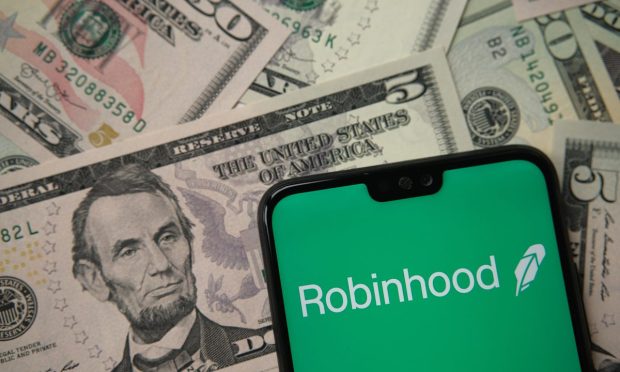Robinhood Blasts ‘Draconian’ SEC Ban

Robinhood Markets says it is considering legal action against the Securities and Exchange Commission after the agency said it could ban payment for order flow, one of its chief revenue sources.
“The idea of banning payment for order flow is pretty draconian,” Robinhood Chief Legal Officer Dan Gallagher, who is a former SEC commissioner, told Barron’s Thursday (Sept. 2). “This is the revenue that provided us the ability to offer commission-free trading with no minimum balance.”
Gallagher said the company would have to “seriously consider” taking the SEC to court to block the ban, but noted “there would be a long line of folks that would sue.”
Read more: Robinhood Shares Fall as SEC Mulls Banning Payment for Order Flow
As we reported earlier this week, Robinhood’s shares dropped Tuesday (Aug. 31) after SEC Chairman Gary Gensler said he is considering the ban on payment for order flow.
Payment for order flow is a controversial practice that compensates stockbrokers for routing trades to a particular market maker. Gensler has said that a complete ban of the practice is “on the table. Considered a kickback, the practice is already forbidden in Canada, Australia and the U.K.
“They get the data, they get the first look, they get to match off buyers and sellers out of that order flow,” Gensler said. “That may not be the most efficient markets for the 2020s.”
In his interview with Barron’s, Gallagher said the payments don’t determine Robinhood’s choice of market makers, or harm its customers.
Robinhood executives said on their most recent earnings call that they were confident the company could cope with losing order flow payments.
However, the company’s SEC filings show that Robinhood would feel a hit if the practice were banned. According to Barron’s, payments for routing orders for stocks, options and crypto more than doubled in the June quarter, making up for $450 million of Robinhood’s $565 million in revenue. With earnings before interest, taxes, depreciation and amortization of $90 million, there’s not much space for a loss in order flow income.